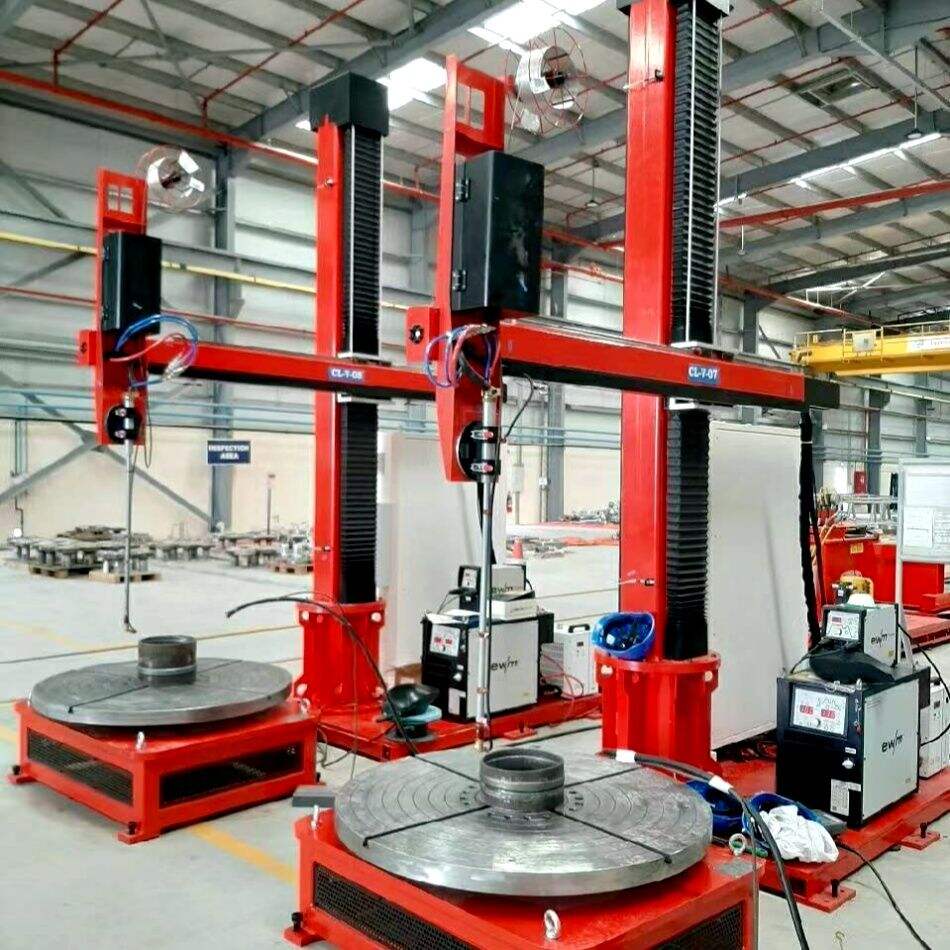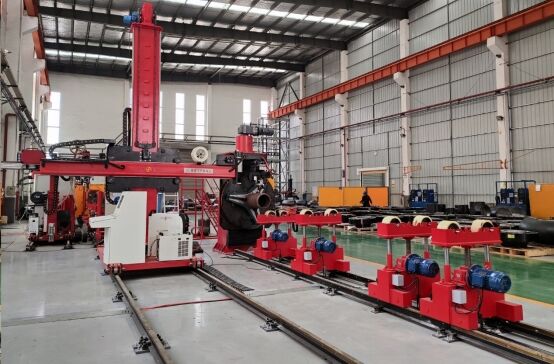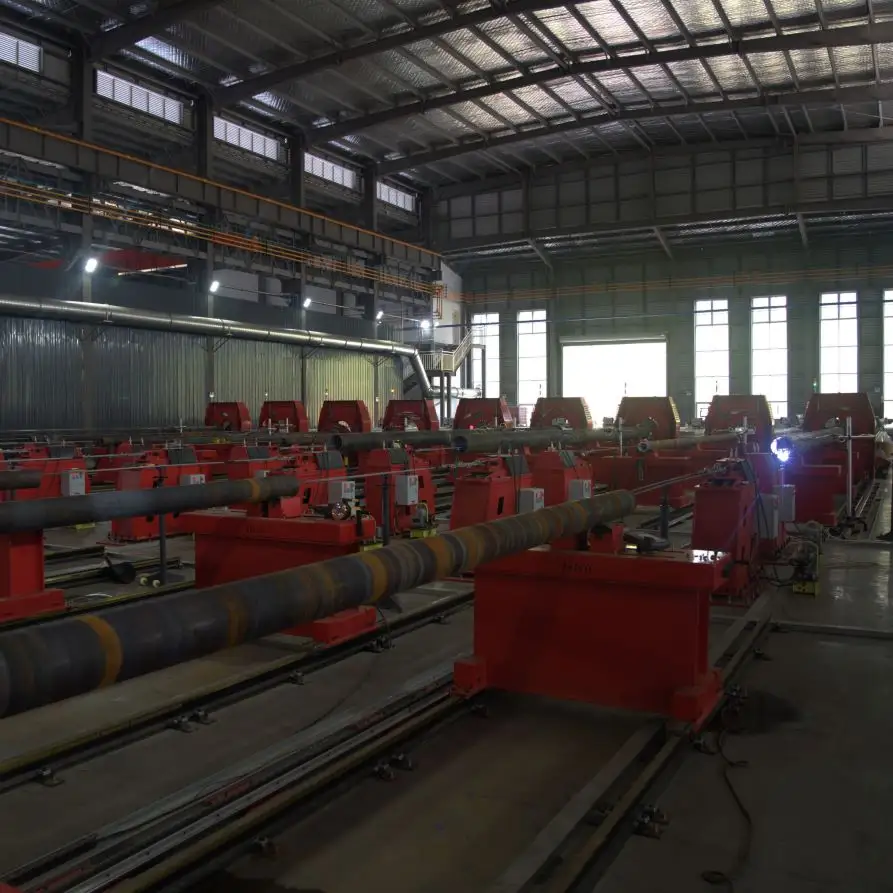china weld overlay cladding system
The China weld overlay cladding system represents a cutting-edge solution in metal surface enhancement technology, combining precision engineering with advanced metallurgical processes. This sophisticated system utilizes automated welding techniques to deposit a corrosion-resistant or wear-resistant layer onto base materials, effectively creating a metallurgically bonded composite structure. The system employs state-of-the-art control mechanisms to ensure uniform deposition, optimal dilution rates, and consistent quality across large surface areas. Operating through a computer-controlled interface, it manages critical parameters including travel speed, wire feed rate, and heat input to achieve desired overlay characteristics. The technology finds extensive application in various industrial sectors, particularly in pressure vessels, heat exchangers, and chemical processing equipment manufacturing. The system's versatility allows for the application of different cladding materials, including stainless steel, nickel alloys, and other specialized metals, making it adaptable to diverse industrial requirements. Additionally, the process ensures minimal base metal dilution while maintaining excellent bonding strength, contributing to enhanced component longevity and performance.

 EN
EN
 AR
AR BG
BG HR
HR CS
CS DA
DA NL
NL FI
FI FR
FR DE
DE EL
EL HI
HI IT
IT JA
JA KO
KO NO
NO PL
PL PT
PT RO
RO RU
RU ES
ES SV
SV TL
TL IW
IW ID
ID LT
LT UK
UK SQ
SQ HU
HU TH
TH TR
TR FA
FA AF
AF CY
CY MK
MK LA
LA MN
MN KK
KK UZ
UZ KY
KY







